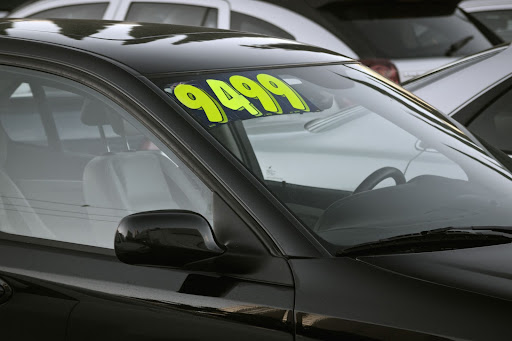Upgrading to a larger car is exciting, but may also seem daunting, especially if you’re not fully prepared. With wider and higher dimensions come new challenges when judging distances and parking.
However, there are ways in which you can prepare yourself for this new driving experience and feel comfortable handling a bigger car on the road, which we’ll discuss in more detail below.
Get comfortable in the vehicle
Before taking your new ride out on the road, it’s important to become familiar with the layout. Figure out how to turn on the wipers, the headlights, the aircon, etc. You don’t want to be in a situation on the road where you don’t know what button is responsible for what function.
Afterwards, adjust your seat so that you can see the edges of the bonnet and move your seat so that you are close to the steering wheel without bending your knees or hurting your back. Finally, make sure that all of your mirrors are in the correct position so that you can see the road properly.
Review your blind spots
After adjusting your seat and mirrors, identify your blind spots. Most large vehicles have blind spots at the pillars on both the left and right of the front and windshield. Either on your street or in a quiet car park, practice looking to either side and the back of the vehicle before turning or merging so that you feel more comfortable when out on the road.
You can also install blind spot mirrors to help you with changing lanes. If you’re lucky to have technology built-in, they may help you with parking and passing through narrow spaces. The Hyundai Tucson is a great example of an SUV fitted with technology to make driving a more pleasurable experience.
Check out any new features
Most modern cars will now come with an array of features and gadgets to improve the overall driving experience. This includes safety features like automatic emergency braking and blind spot monitoring, which take some getting used to if you aren’t aware of how they work.
Read the vehicle handbook to figure out how to operate these features and how they will benefit your driving. Try them out before driving on the main road as automatic braking, in particular, can really catch you unaware. Most of the time, you can turn them off depending on your preferences.
Be more aware of other road users
Take note that smaller road users, like cyclists and motorcyclists, are much harder to see. They also tend to weave in between cars to reach stop lights quicker. To avoid any accidents, always leave additional space when overtaking and check your mirrors if you need to turn or change lanes.
Moreover, heavier vehicles will take much longer to come to a halt, meaning you’ll probably need to be a bit heavier on the brakes than usual. Always give yourself enough time and space to stop, keeping a larger distance from the vehicle in front in case this is sudden.
Before purchasing your vehicle, ask to take the car for a test drive. This will enable you to see if the size is right for you and gets you used to the momentum and physics of braking.









